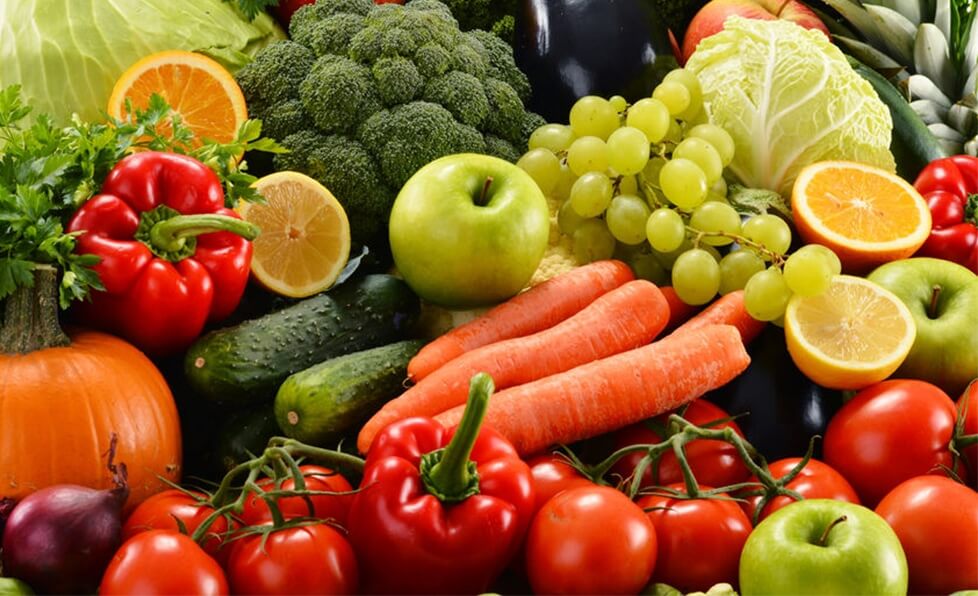We all want to have our cake and eat it, too…oh, and we all would love he cake to have zero calories! While calorie-free cake will remain only a fantasy, there really are foods that cost us almost nothing to eat, calorie-wise. These are “free foods” and “almost free foods”. You probably thinking now, what it may be since everything on this planet has calories. Well, there is a big bunch of foods that’s have almost zero, so if you trying to eat healthy , those will be perfect for you. So, if you are craving something to munch but cannot spare any calories, check out the list below of low-calorie ….
Cucumbers

Cucumbers contain a lot of water (which, of course, is not caloric), so they take up a lot of stomach space, making us feel full. They are also a source of vitamin K, vitamin C, potassium, and silica. The latter builds and maintains connective tissue in good condition. 1/3 medium (99 g/3.5 oz) = 10 kcal
Greek Yogurt
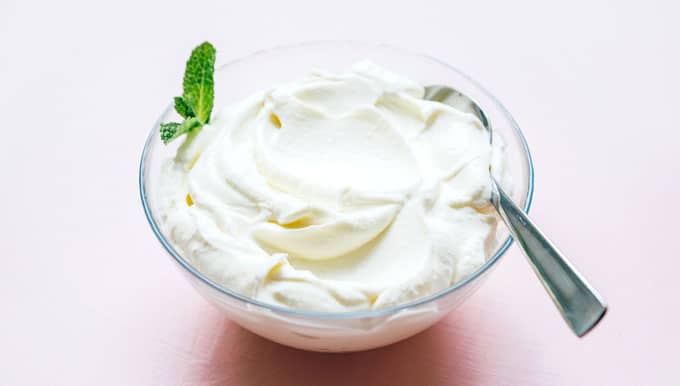
Greek yogurt is a great source of protein that can help curb cravings and promote weight loss. Though the exact numbers vary between brands and flavors, a 2/3-cup (150-gram) serving of Greek yogurt typically provides about 130 calories and 11 grams of protein

A medium tomato (about 170 grams) provides about 34 calories. In addition, it contains lycopene, which prevents the occurrence of prostate cancer and helps maintain a healthy, youthful-looking skin.
Apricots
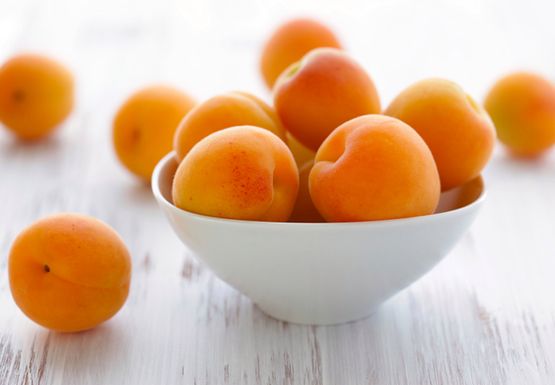
Beta-carotene contained in apricots helps to prevent cancer, heart disease and protects eyesight. In addition, they are a valuable source of vitamins A, C and E. One apricot = 21 calories.
Broccoli

The whole broccoli is about 135 calories but note that it weighs an average of half a kilogram. 100 grams of this vegetable is approximately 27 calories. It also provides the body with fiber and vitamin C.
Pepper

Recent studies show that peppers help burn fat. What is more, the B vitamins found in this tasty vegetable not only have a positive effect on our nervous system. It contains exceptionally large amounts of vitamins C and A and fiber Beta-carotene, contained in large amounts in red pepper, will also have a positive effect on our skin. One piece provides only 46 calories. 1 raw slice = 2 kcal

I am sure you know the saying “An apple a day keeps your weight at bay!”. According to scientists from the University of Iowa, yes, but on the condition that we eat them with the skin. It contains fruit fibers that improve metabolism and the so-called ursolic acid, which prevents the deposition of fat. One cup (125 grams) of apple slices has 57 calories and almost three grams of dietary fiber
Asparagus

Half a cup of cooked asparagus is about 20 calories. In addition, they contain vitamin K, vitamins A and B and folic acid. They affect the normalization of blood sugar levels.
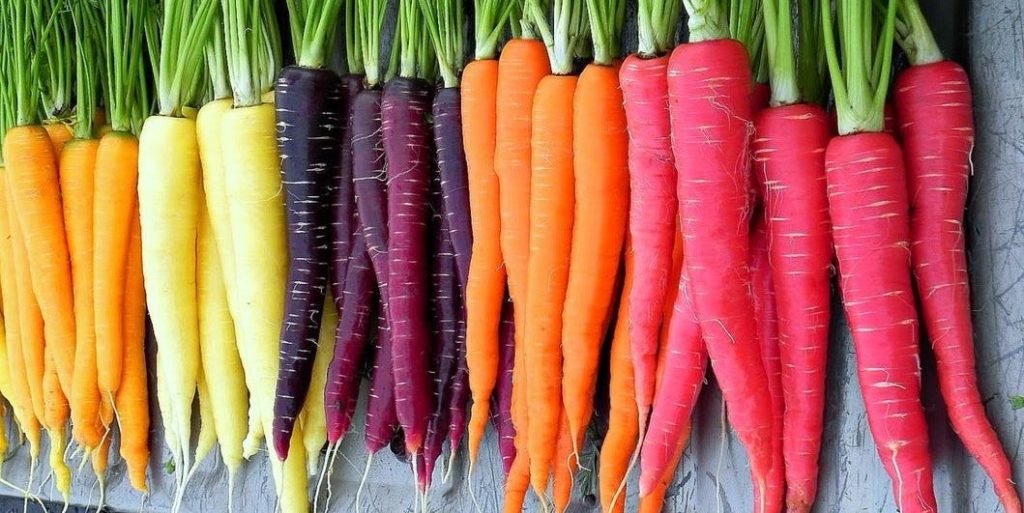
Carrots are not only orange; they come also be red, yellow, purple, or white. Most people associate good eyesight with eating carrots since they are rich in beta-carotene, which can be converted to vitamin A. Getting enough vitamin A is necessary for proper vision. A one-cup serving (128 grams) of carrots has only 53 calories and over 400% of the DV for vitamin A

Thanks to its high fiber content, popcorn tops the charts as one of the most filling low-calorie snacks. Though there are only 31 calories in 1 cup (8 grams) of air-popped popcorn, it boasts 1.2 grams of dietary fiber — up to 5% of your daily fiber needs
Zucchini

This delicate vegetable consists mostly of water and is a rich source of vitamins and minerals, including PP, C, group B, and calcium and potassium. It can be prepared in many ways: stew, bake, steam, and grill. It tastes great alone, lightly seasoned, with other vegetables or as an addition to meat. 1 cup = 18 kcal
Cantaloupe

Melons are a refreshing snack that is eagerly eaten on hot days. This is not their only advantage. Due to the high-water content, they help to prevent dehydration in hot weather. They are also a source of antioxidants. This variety also has a lot of vitamins that protect against eye disease. 1/8 melon = 24 kcal
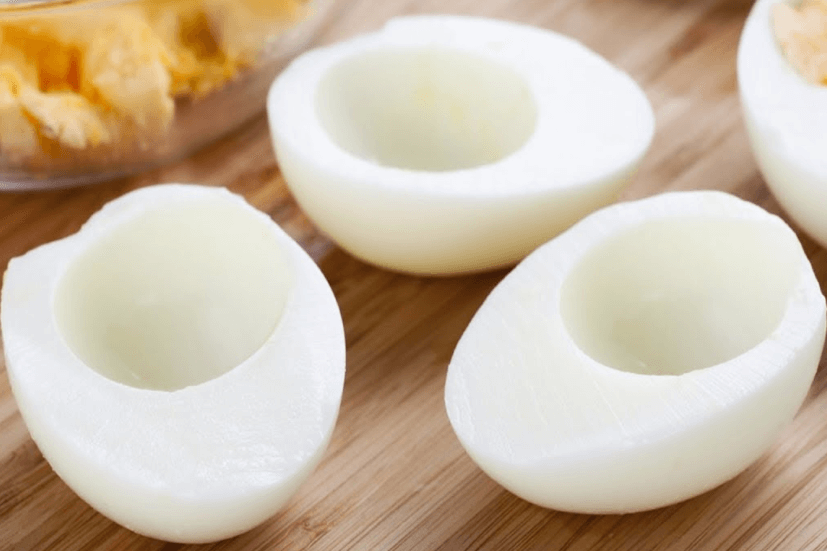
Low calorie, and moreover rich in proteins, thanks to which it gives us a feeling of fullness and helps to lose kilograms. Recent studies show that those who eat one egg for breakfast have a harder time gaining weight than those who eat only grain products. Of course, an egg with yolk already has a bit more calories. 1 protein = 20 kcal
White Mushrooms

Mushrooms are a great addition to dishes, not only for taste reasons. Mushrooms contain natural antioxidants and minerals. Selenium has invaluable antibacterial value – thanks to it you can radically minimize the risk of dangerous complications of unhealed colds. Mushrooms are also a valuable source of B – B2 vitamins, i.e., riboflavin and PP, i.e., niacin. They are also an ideal component in the diet of all those who want to stay fit. 1 cup of raw mushrooms = 15 kcal
Citrus fruits
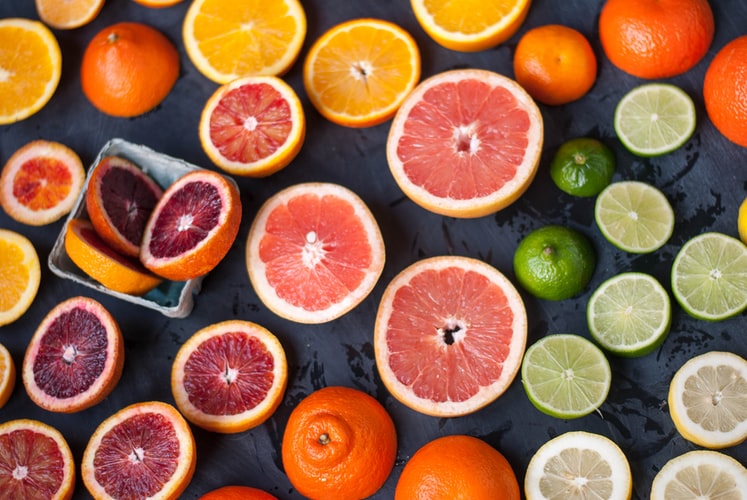
As a result of the research, it has been proven that in people with higher levels of vitamin C in the body, 25% more fat is oxidized during exercise on a treadmill than in people with lower levels of vitamin C.

They look like little ruby gems. A cup of raspberries has only 64 calories—along with a whopping eight grams of fiber. That is around a third of what you should get in an entire day.
Beets

Beets are root vegetables that typically have a deep-red or purple color. One of the most researched benefits of beets is their potential to lower blood pressure. Beets contain only 59 calories per cup (136 grams) and 13% of the DV for potassium
Jicama
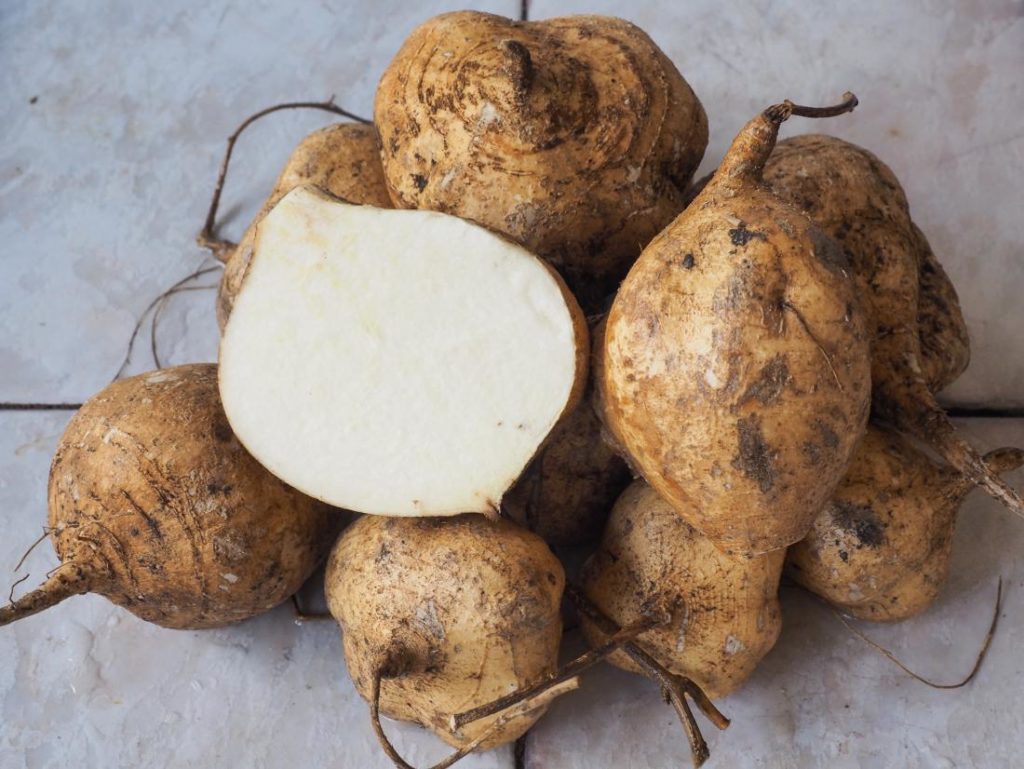
Jicama is a vegetable that resembles a white potato. This vegetable is typically eaten raw and has a texture similar to a crisp apple. One cup (120 grams) of jicama has over 40% of the DV for vitamin C and only 46 calories
Turnips
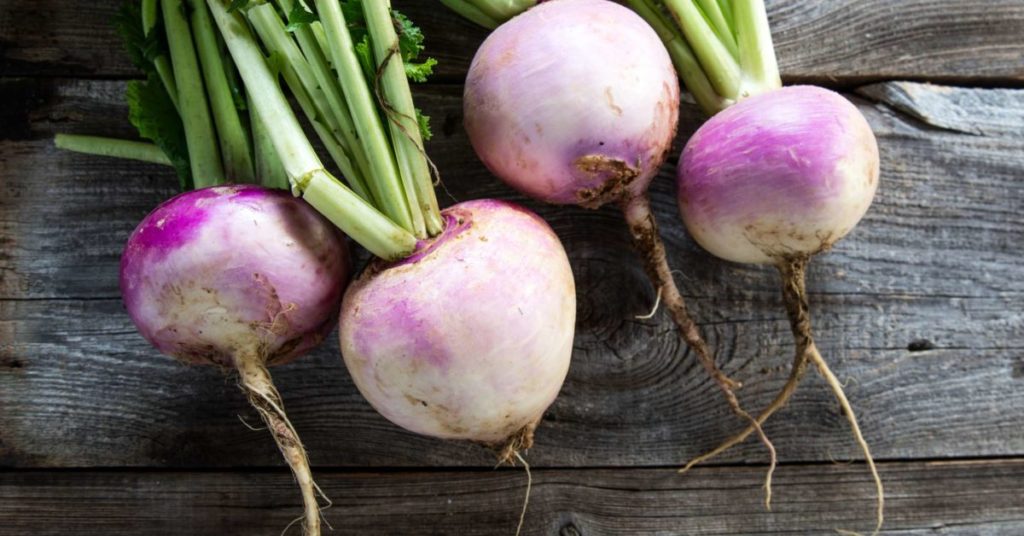
In addition, it contains glucosinolates that prevent cancer – fiber, calcium, and potassium. Weighing 170 grams, turnips have about 44 calories.
Snow peas
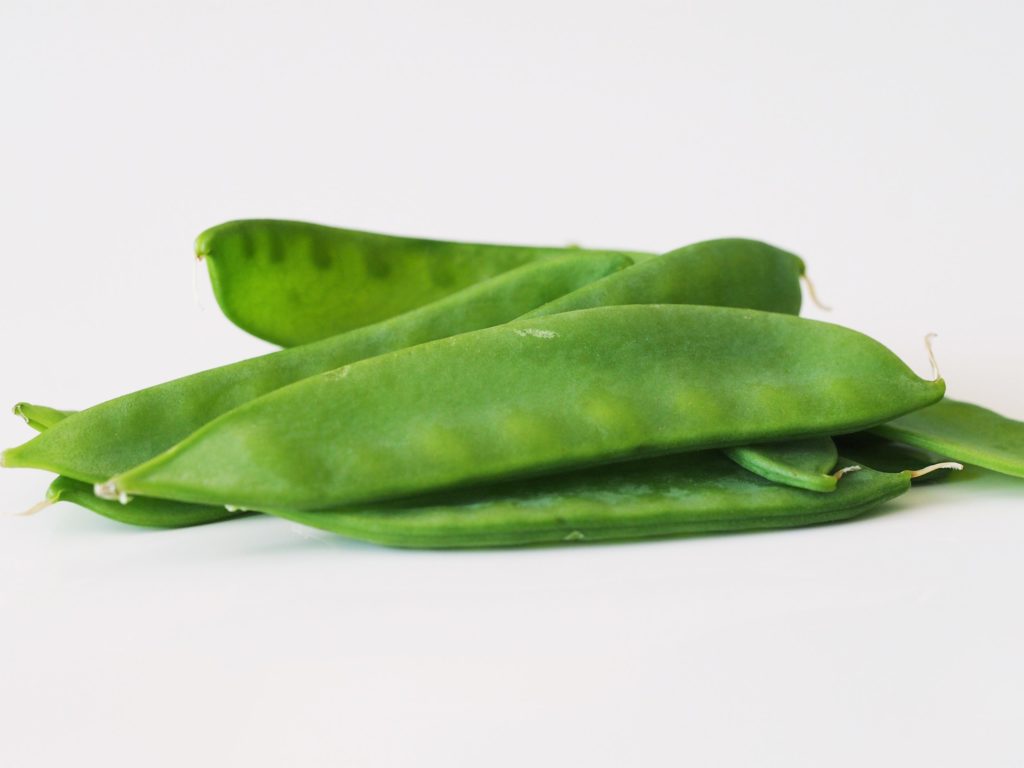
Perfect as a raw snack, love by children, or use in the kitchen is wide variety of dishes. There are only 30 calories in half a cup of the crisp green pods—but a ton of different ways to use them.

It is low in calories, low in sodium and zero fat. Research shows it helps reduce inflammation and even counteract certain types of cancer. So, before you reach for aspirin during a cold, try the natural properties of this vegetable. Use it at will? 1 shallot = 5 kcal; 100g of shallots is only 31 calories.
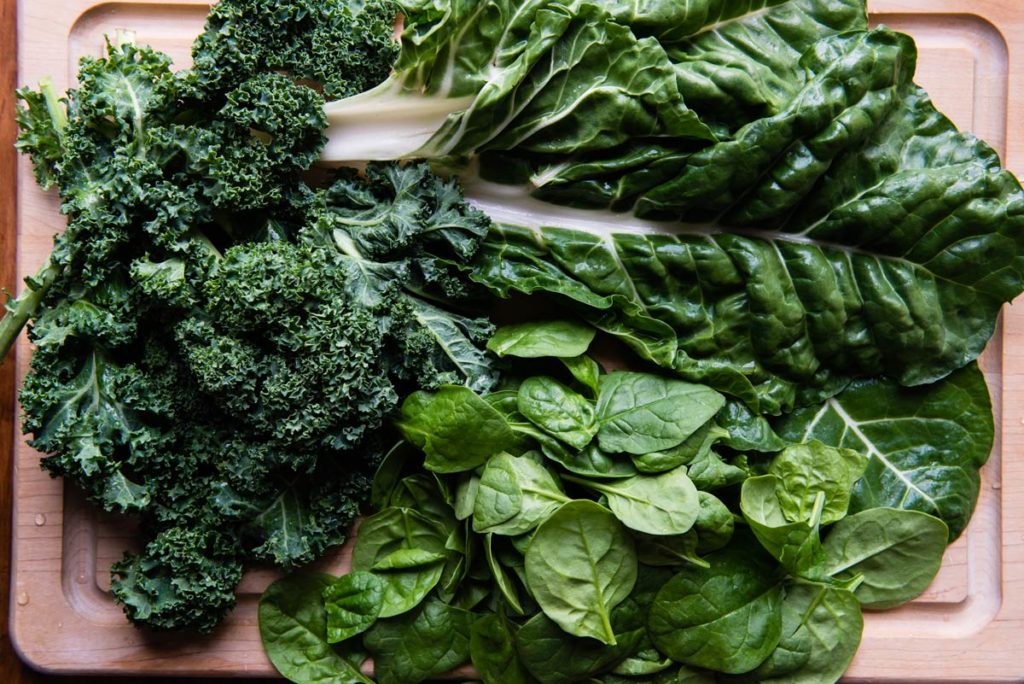
Spinach, kale, lamb’s lettuce … Greens have practically no calories (about 4 calories per cup of leaves), but they contain loads of vitamins such as A, C and K, as well as minerals – calcium, phosphorus, potassium, zinc, and selenium. They beautify the skin and support muscle regeneration after exercise.
Watermelon
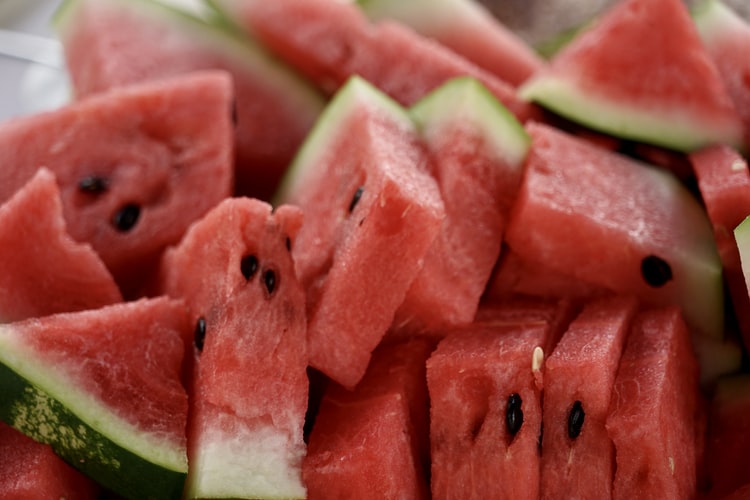
One of the lightest and most refreshing fruit is perfect for a diet, not only because it quickly satiates itself on hot days. Scientists have found that watermelons contain large amounts of arginine, an amino acid that acts as an antioxidant, increases the body’s endurance during exercise, and helps reduce body fat. It consists mostly of water (91%) and carbs (7.5%). It provides almost no protein or fat. 2/3 cup (100 grams) of raw watermelon are = 30kcal
Clementines

They resemble mini oranges. They are a common snack in the United States and are known for their high vitamin C content. One fruit (74 grams) packs 60% of the DV for vitamin C and only 35 calories

They resemble mini cabbages and can be eaten raw or cooked. They have highly nutritional value. Some research shows that eating Brussels sprouts may protect against DNA damage due to their high vitamin C content. These nutritional powerhouses only have 38 calories per cup.

It is best to eat it raw or steam it so that it does not lose its nutrients. Research shows that the steamed one contains even more anti-cancer substances. It is perfect as an addition to a dinner or as a basis for a salad or salad. 1 cup = 19 kcal
Jello
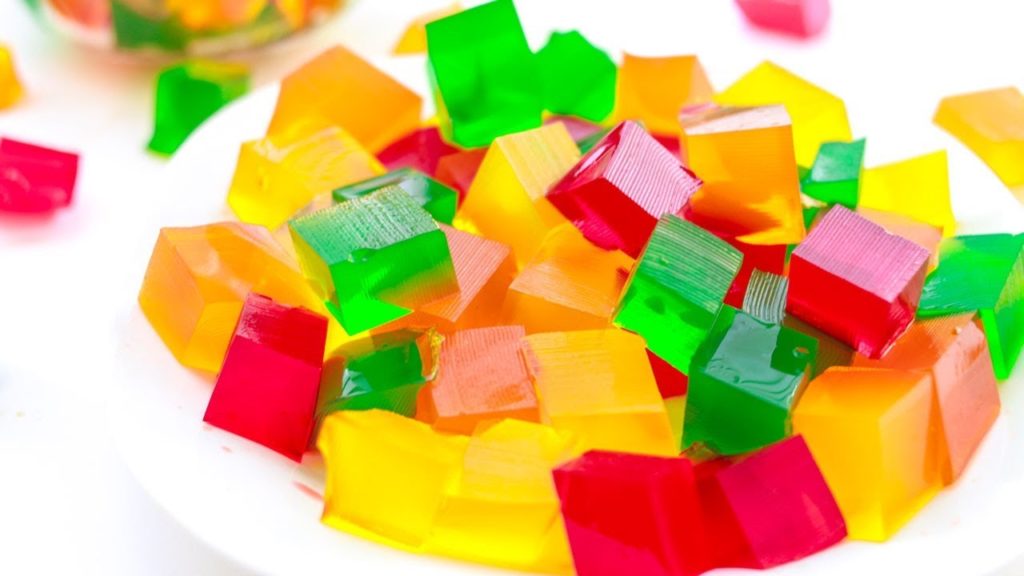
It may not be as creamy as fatty and sugar-packed ice cream, but it can still be a satisfying dessert for all gourmands on a diet. Of course, to avoid unnecessary calories, it is better to add fresh fruit, to it, instead of heavy cake of whipped cream. Who said that you cannot eat something sweet during a diet? Sugar free 1/2 cup – 25 calories
Cauliflower

Crunchy cauliflower florets are packed to the brim with beneficial fiber. Why is it still worthwhile to reach for this vegetable when we care about the line? Regular consumption will help to replenish the deficiencies of: calcium, iron, phosphorus, iodine, manganese, magnesium, sodium, potassium, fluoride, as well as vitamins B, C and K. If you are a fan of mashed potatoes, try the cauliflower version, it tastes just as delicious. ½ cup of cooked cauliflower =14 calories and almost ½ of the DV of vitamin C.
Papaya

Papaya is an orange fruit with black seeds that resembles a melon and is typically grown in tropical regions. It has extremely high levels of vitamin A and a good source of potassium. ½ cup of papaya has only 55 calories
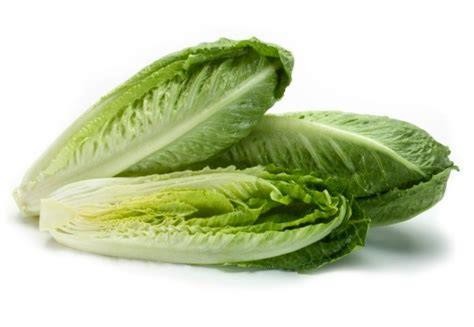
Not all Lettuce is the same, so it is worth buying its Roman variety. It is richness of taste and nutritional value. Its sweetish note goes perfectly with garlic and mayonnaise, although the latter is not recommended for everyday use. Extremely low in calories, it has a lot of water. It is also a source of vitamins A, K, C, and those from group B. 1 cup = 10 kcal
Chili pepper
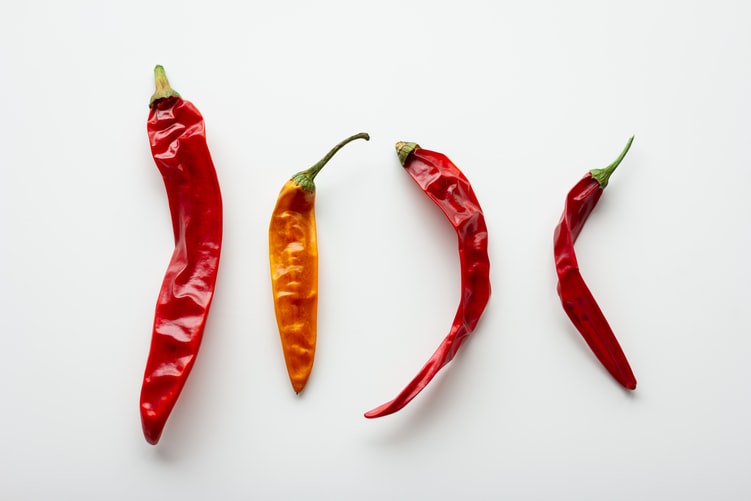
One chili pepper is approximately 8 calories. At the same time, you cannot eat too much of it, and additionally it mobilizes the body to burn more calories.
Chia Seeds
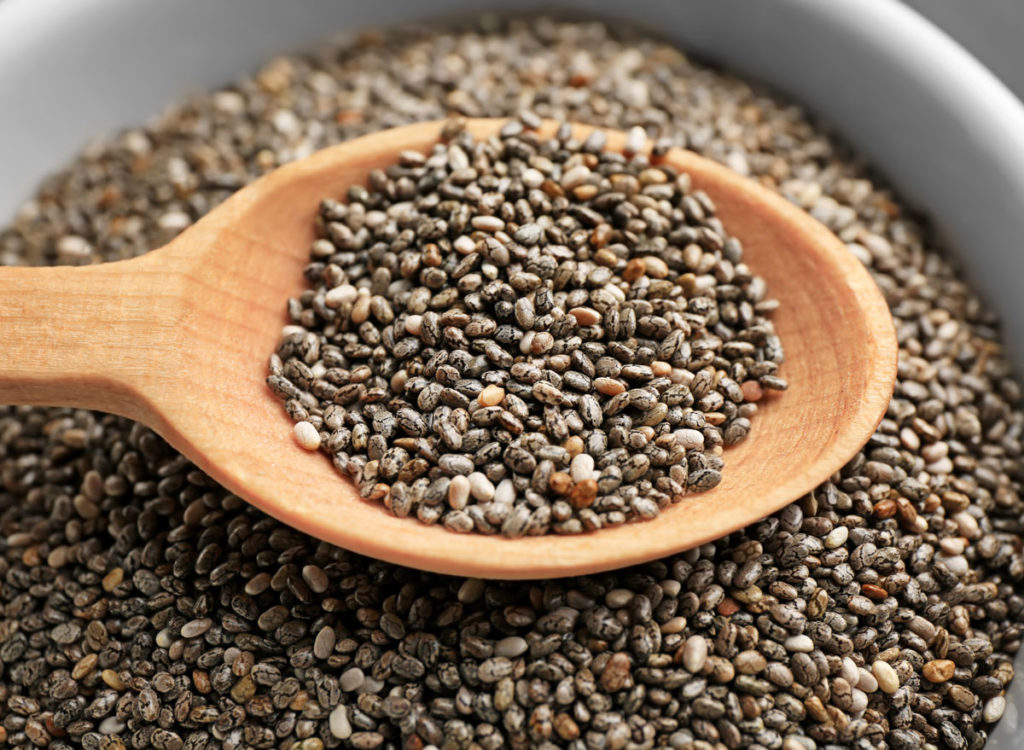
Often hailed as a serious superfood, chia seeds pack a high amount of protein and fiber into a low number of calories. A 1-ounce (28-gram) serving of chia seeds provides 137 calories, 4.4 grams of protein and a whopping 10.6 grams of fiber

Who can imagine a summer season without sweet and juicy strawberries. At the same time, they are very tasty and healthy. They contain large amounts of vitamin C and antioxidants. A cup of strawberries (150 g) equals approximately 43 calories 1 strawberry – 6 kcal
Hummus
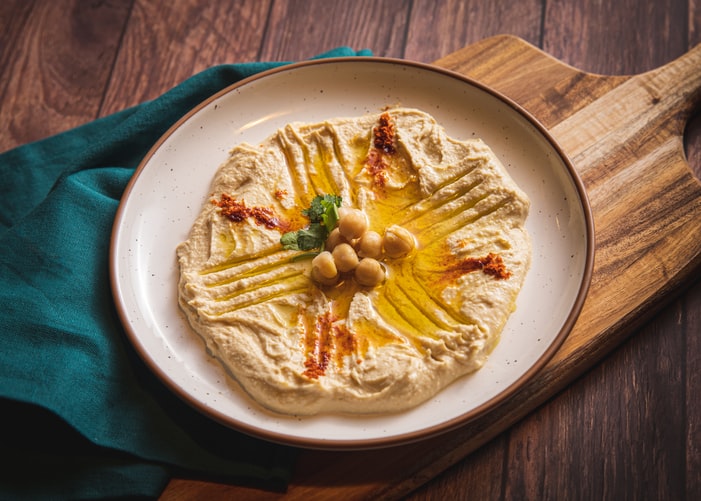
It is an indispensable component of a vegetarian diet due to the high protein content. The fiber contained in chickpeas has a positive effect on digestion and metabolism, and antioxidants help fight free radicals, thanks to which they prevent many dangerous diseases. 1 teaspoon = 23 kcal
Lemons and Limes
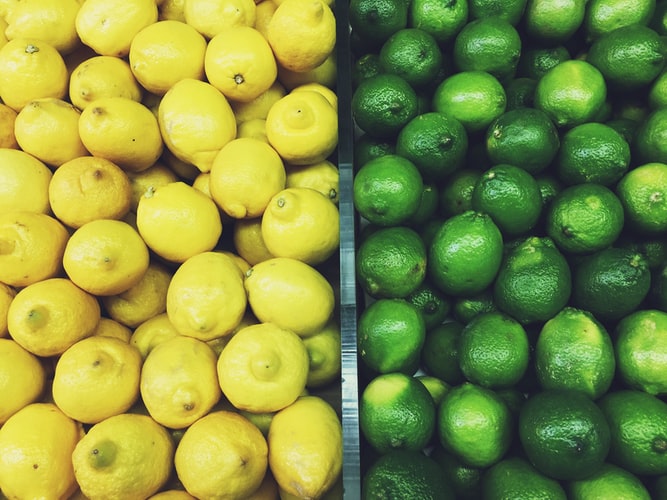
Citrus does more than just add flavor. Research shows that lemon juice has compounds that can act as antioxidants to fight and prevent diseases in your body. One fluid ounce (30 grams) of lemon or lime juice has only 8 calories.
The heart of the palm

Although it is not particularly popular, it is worth knowing that this unique vegetable is low in calories and high in fiber. . It is usually added to salads. 1 canned palm = 9 kcal
Celery

Celery speeds up the metabolism, making it easier to lose weight. do you know that you burn more calories by eating 1 celery stalk, than it contain the amount of calories inside. 1 celery – 6 calories
Radish

This crispy vegetable is not only a decoration for sandwiches and salads. One medium radish only has one calorie! What is more, radishes are high in fiber and keep us full for longer. It is a source of many vitamins, and the combination of three microelements in one vegetable: iron, copper and manganese has a beneficial effect on hematopoietic processes; therefore, radish is recommended for people suffering from anemia. 1 radish = 1 kcal
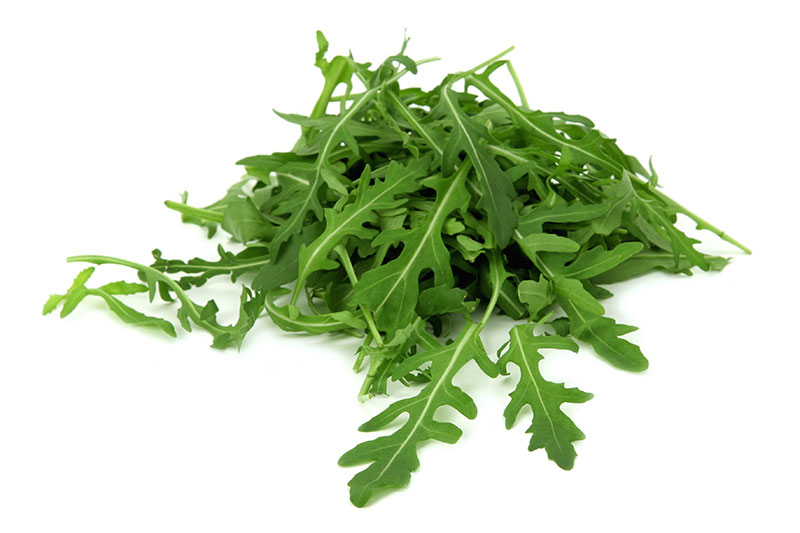
Like spinach and other leafy greens, arugula lets you go big on the serving size for very few calories. There is just 25 calories in five whole cups.
Broth
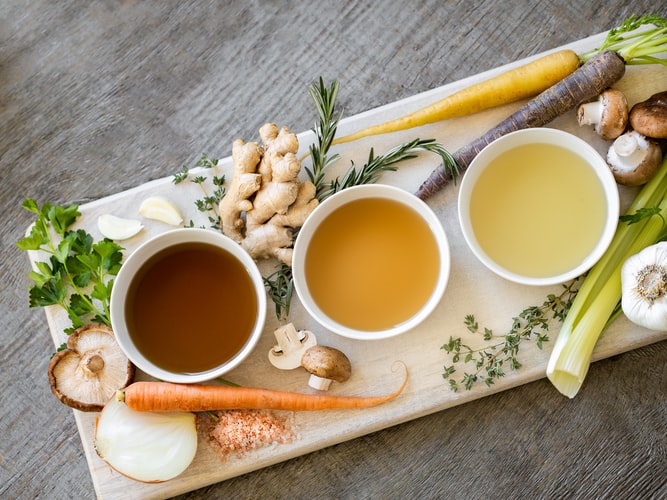
There are many varieties of broth, including chicken, beef, and vegetable. It can be eaten alone or used as a base for soups and stews. Depending mainly on the type of broth, one cup (about 250 ml )— usually contains 7–12 calories
Fennel
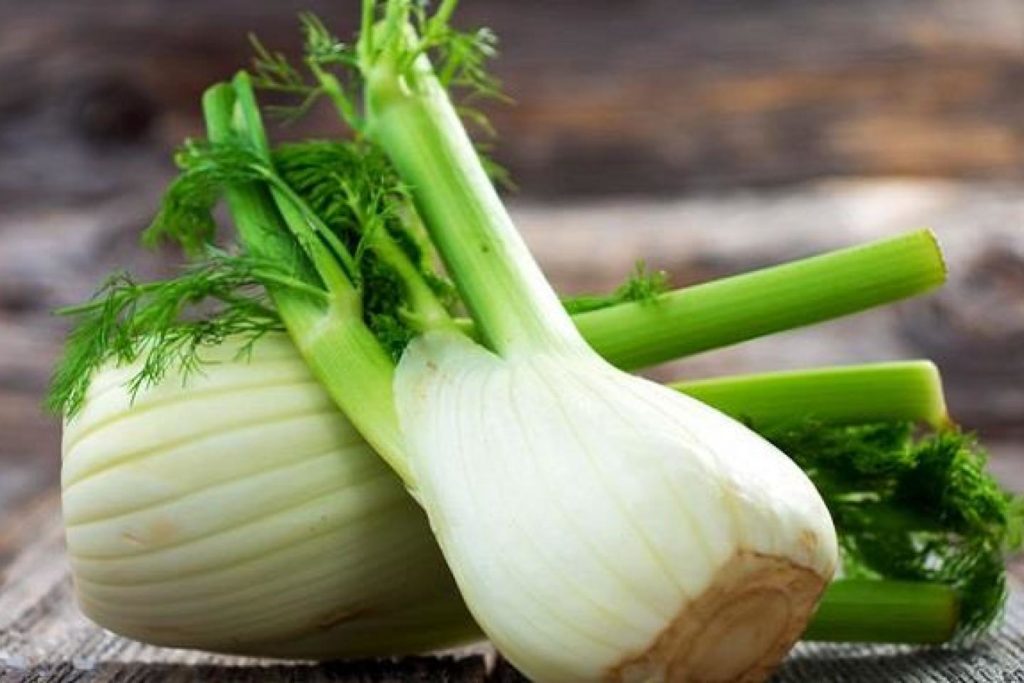
Fennel is a spherical vegetable with a slight licorice taste. Dried fennel seeds are used to add an anise flavor to dishes. Fennel can be enjoyed raw, roasted, or braised. There are 27 calories in one cup (87 grams) of raw fennel.
Grapefruit
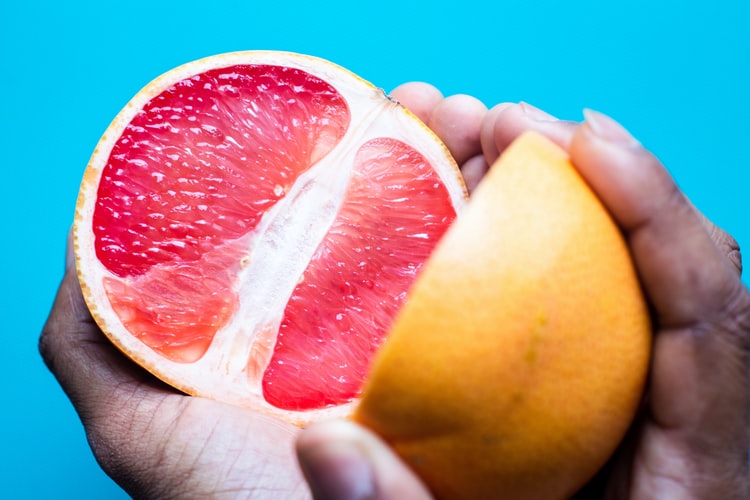
Grapefruits are one of the most delicious and nutritious citrus fruits. They can be enjoyed on their own or as a n addition to many sweet or savory dishes. Certain compounds in grapefruit may decrease cholesterol levels and increase metabolism. There are 52 calories in half a grapefruit (123 grams).
Onions

Onions are an extremely popular vegetable. Varieties include red, white and yellow, as well as spring onions or scallions. Even though the taste differs depending on the type, all onions have very few calories — one medium onion (110 grams) has approximately 44 kcal.
Rutabaga
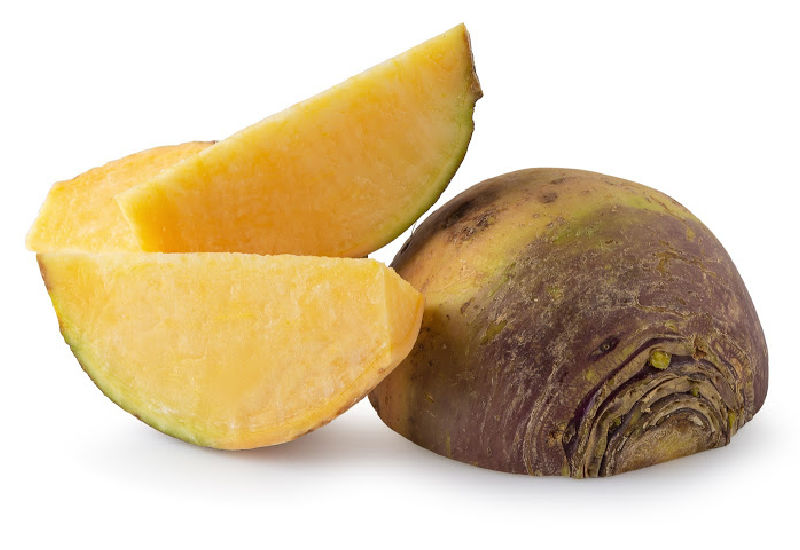
Rutabaga is a root vegetable also known as swede. Similar in to turnips and is a popular substitute for potatoes in recipes to decrease the number of carbs. One cup of rutabaga has 50 calories and only 11 grams of carbohydrates
